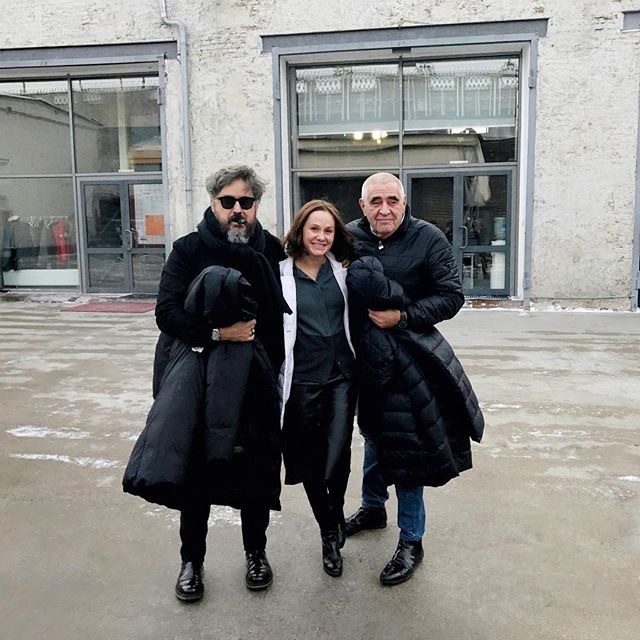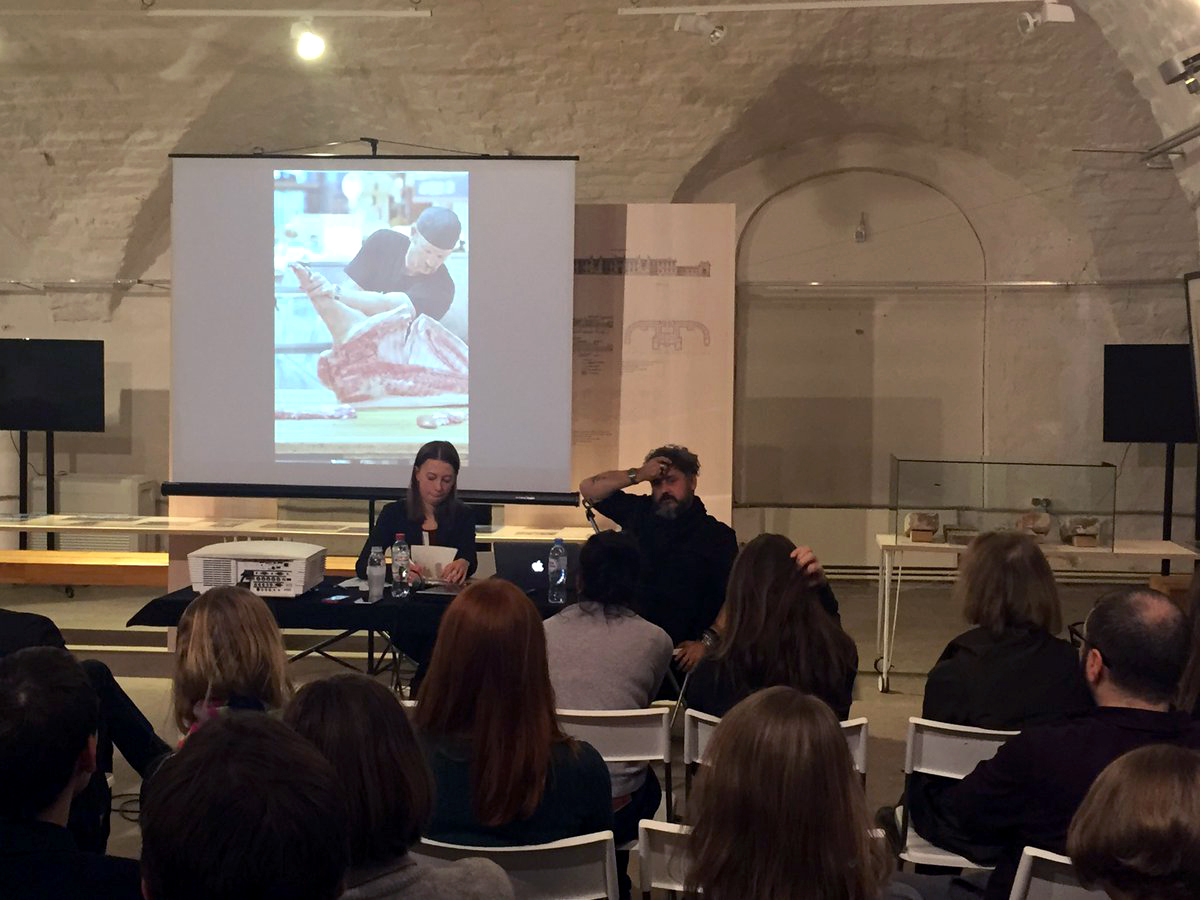SCI-Arc Explores Russian Architecture with a Visit to Moscow
In accord with SCI-Arc’s mission to foster global learning opportunities, SCI-Arc Director and CEO Hernan Diaz Alonso recently delivered a lecture at the Schusev State Museum of Architecture; held meetings with cultural, city, and academic institution leaders; and toured the architectural sites of Moscow. His 60-minute talk, titled Forms of Plenty, was followed by 90 minutes of Q&A moderated by art, architecture, and media curator and former MAK Musuem Director Peter Noever.
“While I covered the last 15 years of global architecture through some of my work with Xefirotarch, I really focused on the last five years and the role of speculative research, both at SCI-Arc, in my own practice, and in the practice of our SCI-Arc faculty,” Diaz Alonso says.
Of particular focus were three key ways technology is changing means of design, production, education, and the practice at large. First, Diaz Alonso highlighted the possibilities it has facilitated to produce new coherencies, or interconnections. Second, the holistic changes to the practice that have collapsed what were formerly multiple phases of processes have facilitated new speeds of delivery. And third, he discussed how technology has changed the architectural approach to experiments and how those exercises are altering how outcomes look and behave.
“Architectural concepts today are more front-loaded, and are shifting practice paradigms,” Diaz Alonso says. “Sometimes people can focus too much on aspects of efficiency, and at SCI-Arc we’re embracing that opportunity to expand the experience of architecture.”
The Sites of Moscow
In addition to the Schusev State Museum of Architecture, Diaz Alonso explored Moscow’s 20th century design and planning. Site visits included the Melnikov House, one of Russia’s most bold expressions of avant-garde architecture, and highlights of Moscow’s post-revolutionary urban planning effort, founded by the Mossovet Architectural Workshop in 1918. The Garage Museum of Contemporary Art at Gorky Park, a 300-acre example of Melnikov’s urban planning acumen, was a personal highlight for SCI-Arc’s director.
“Moscow is changing in a very dynamic way,” Diaz Alonso says. “Regardless of any geopolitical events, Russia’s architectural traditions are significant and we’re interested in a partnership of learning from one another. Hopefully, it’s the start of more to come.”

